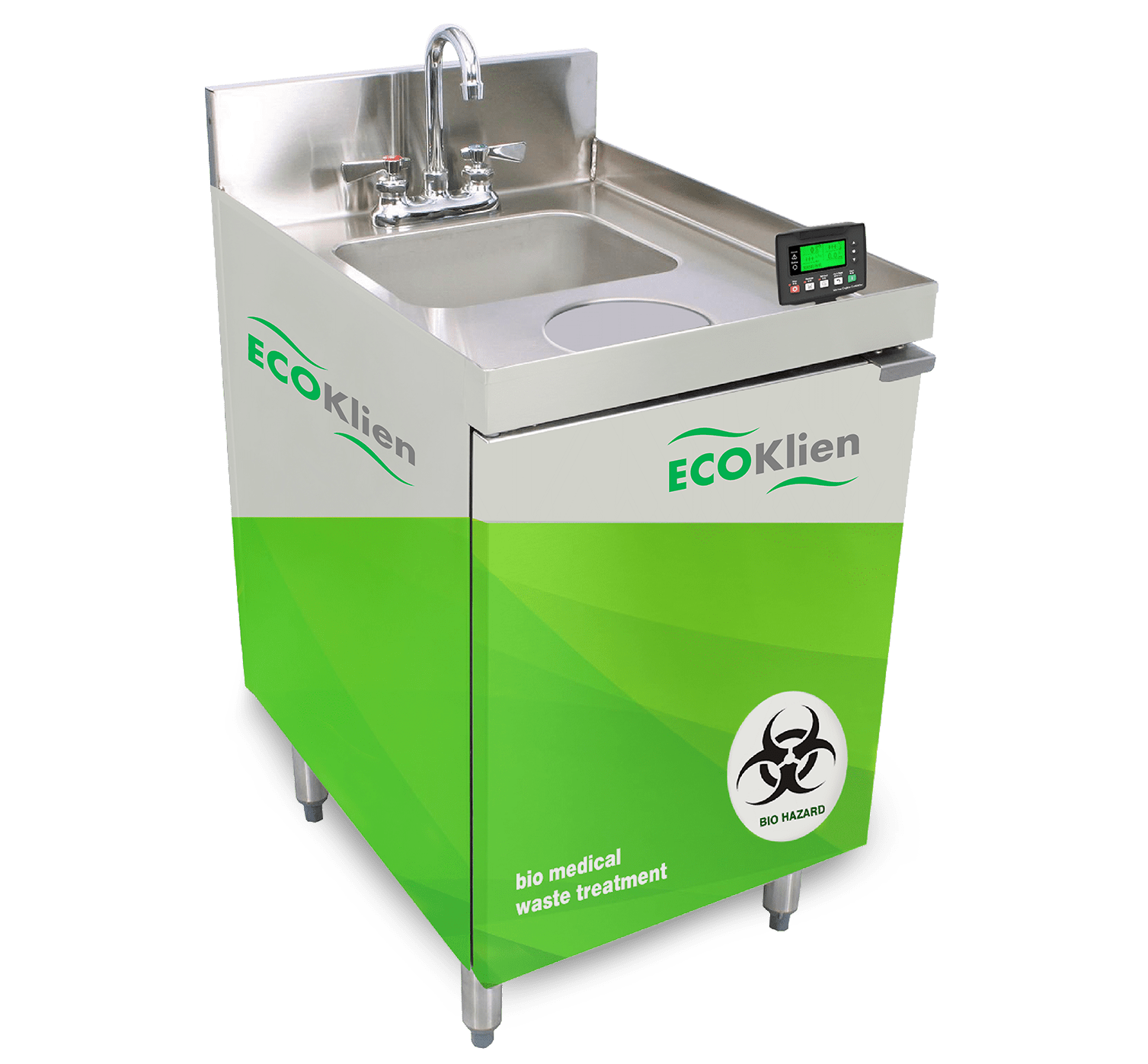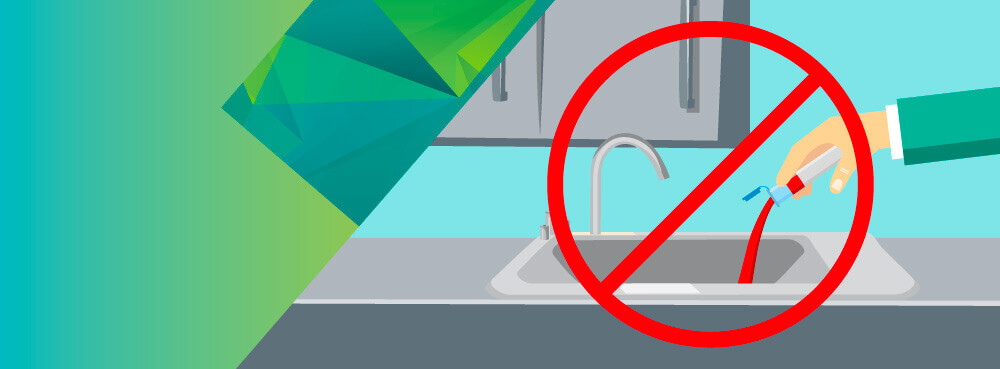Industrial Wastewater Treatment: Customized Solutions for Complex Wastewater Obstacles
Industrial Wastewater Treatment: Customized Solutions for Complex Wastewater Obstacles
Blog Article
Just How Fluid Waste Disposal Functions: A Comprehensive Overview of Techniques and Technologies Employed

Overview of Liquid Waste Kind
The intricacy of liquid waste types requires a thorough understanding of their attributes and effects for disposal. Liquid waste can extensively be classified right into a number of types, consisting of commercial, municipal, farming, and dangerous waste. Each category shows distinctive residential properties, calling for details administration methods to alleviate ecological and wellness dangers.
Industrial fluid waste stems from making processes and commonly includes an array of pollutants, such as hefty steels, solvents, and organic compounds. Community liquid waste, largely consisting of wastewater from homes and business establishments, has natural issue, nutrients, and microorganisms (industrial wastewater treatment). Agricultural liquid waste, including overflow from ranches, may have fertilizers, pesticides, and animal waste, posturing risks to water quality and ecosystems
Dangerous fluid waste is identified by its toxicity, reactivity, or possible to cause injury. Comprehending these varied fluid waste kinds is crucial for establishing effective disposal techniques and ensuring compliance with ecological laws.
Physical Therapy Approaches

Testing is the preliminary action, where bigger bits and debris are removed from the fluid waste using displays or grates. This procedure safeguards downstream devices from damage and guarantees smoother procedure. Complying with screening, sedimentation uses gravitational force to different solids from fluids. In sedimentation tanks, much heavier bits clear up at the bottom, developing a sludge layer, while the clarified fluid can be further dealt with.
Filtering is an additional necessary approach that entails passing the fluid via porous products, such as sand or membranes, to record smaller particles. This step improves the top quality of the fluid, making it ideal for succeeding therapy procedures.

Chemical Treatment Methods
Chemical therapy techniques are crucial for effectively managing liquid waste, especially in dealing with dissolved and colloidal impurities that physical techniques might not sufficiently get rid of. These techniques make use of various chemical agents to counteract, speed up, or change unsafe compounds into much less hazardous kinds.
One usual technique is coagulation and flocculation, where chemicals such as alum or ferric chloride are added to advertise the aggregation of suspended bits. This procedure improves sedimentation, enabling easier elimination of the resulting sludge. Additionally, oxidation procedures, employing agents like chlorine or ozone, are used to damage down intricate natural compounds and pathogens, providing the waste much safer for discharge or more treatment.
Neutralization is an additional important method, which changes the pH of acidic or alkaline waste streams to neutral degrees, avoiding potential damage great post to read to downstream systems and the atmosphere. Furthermore, advanced oxidation procedures (AOPs) utilize mixes of oxidants and ultraviolet light to weaken persistent contaminants, achieving a greater degree of treatment efficiency.
Organic Treatment Processes
Biological therapy procedures play an important function in the management of fluid waste by using microorganisms to decay natural issue and lower contaminant degrees. These procedures can be broadly categorized right into cardio and anaerobic therapies, each using specific microbial neighborhoods to achieve efficient waste destruction.
Aerobic treatment includes the use of oxygen to facilitate the malfunction of organic materials by microorganisms. This procedure is typically implemented in turned on sludge systems, where oygenation containers supply a conducive environment for microbial development, resulting in the oxidation of organic contaminants. The resultant biomass can be divided from dealt with effluent with sedimentation.
On the other hand, anaerobic treatment happens in the lack of oxygen, depending on various bacteria to damage down raw material. This approach is particularly useful for high-strength waste, as it generates biogas, a renewable resource source, while decreasing sludge production. Technologies such as anaerobic digesters are often used in commercial and local applications.
Both anaerobic and cardio biological therapies not just reduce the environmental impact of liquid waste but additionally promote resource healing, making them important elements of sustainable waste management approaches. Their efficiency, effectiveness, and adaptability sustain their widespread implementation across different markets.
Emerging Technologies in Disposal
Ingenious approaches to liquid garbage disposal are quickly developing, driven by innovations in modern technology and an increasing focus on sustainability. Amongst these arising innovations, membrane layer bioreactors (MBRs) have gained grip for their capacity to combine biological therapy with membrane layer filtering, resulting in high-grade effluent that can be recycled in numerous applications. MBRs enable smaller footprints and more effective operations compared to standard systems.
Another encouraging growth is the usage of anaerobic digestion combined with nutrient recovery innovations, which not just treats fluid waste yet additionally produces biogas and recuperates important nutrients my site like nitrogen and phosphorus. This twin advantage enhances source efficiency and minimizes environmental impact.
Furthermore, progressed oxidation processes (AOPs) are being embraced for the destruction of intricate organic pollutants. These approaches utilize powerful oxidants and drivers to damage down pollutants at the molecular level, using an extremely efficient option for difficult waste streams.
Additionally, the integration of expert system and equipment discovering in waste management systems is maximizing functional effectiveness and anticipating upkeep, causing reduced expenses and improved ecological conformity. These modern technologies show a significant shift towards more effective and lasting liquid waste disposal methods.
Final Thought
To conclude, effective fluid garbage disposal demands a thorough understanding of numerous techniques and modern technologies. The assimilation of physical, chemical, and biological therapy techniques makes certain visit this page the efficient monitoring of diverse waste kinds. Furthermore, the development of ingenious technologies boosts treatment efficacy and promotes sustainability in waste management methods. By continually progressing these methodologies, it ends up being feasible to attend to the expanding difficulties related to fluid waste, inevitably contributing to environmental management and source recovery.
Fluid waste disposal is a vital element of ecological monitoring, calling for a comprehensive understanding of different techniques and modern technologies tailored to different waste types. Fluid waste can broadly be categorized right into numerous types, consisting of commercial, local, agricultural, and unsafe waste. Agricultural fluid waste, including overflow from ranches, might contain plant foods, pesticides, and animal waste, presenting threats to water top quality and ecological communities.
Numerous physical treatment methods play a crucial duty in managing liquid waste efficiently - industrial wastewater treatment.In final thought, efficient fluid waste disposal requires a detailed understanding of numerous strategies and innovations
Report this page